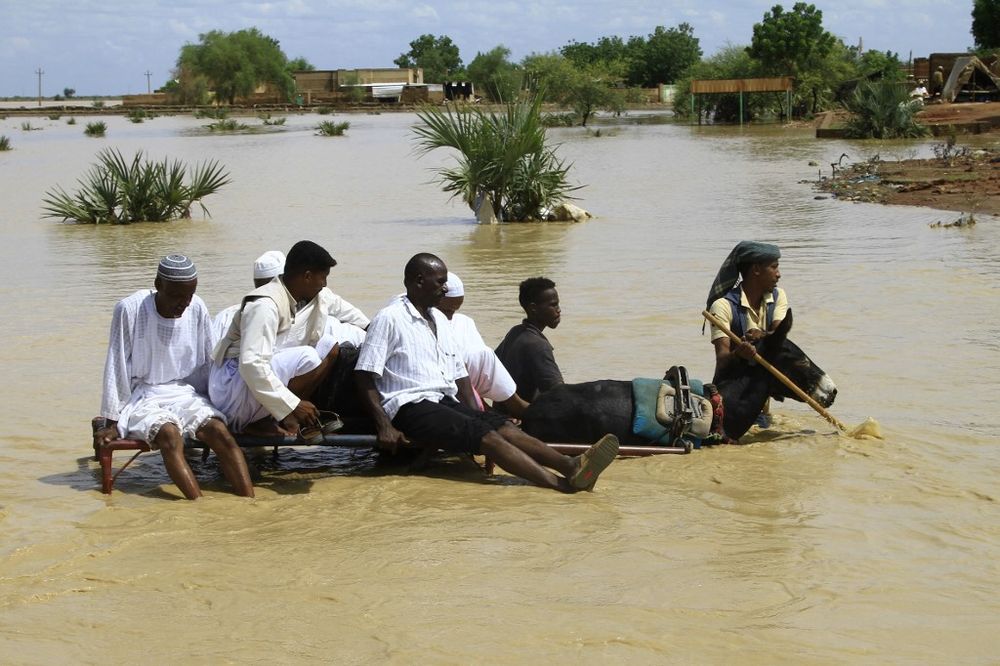
KHARTOUM, Sept 17 (NNN-AGENCIES) — Flooding in Sudan has killed at least 134 people and destroyed tens of thousands of homes in the northeast African country’s ongoing wet season, police said.
Heavy rains usually fall between May and October in Sudan, which faces severe flooding each year, wrecking property, infrastructure and crops.
The National Council for Civil Defence said the floods have killed a total of 134 people, left 120 others injured, and damaged or destroyed more than 128,000 homes so far this wet season.
Water can be seen engulfing villages and roads in footage of the flooding aired on state television.
People have taken shelter under makeshift tents made from tattered fabrics after the floodwaters washed away mud brick homes.
Last month, the government declared a state of emergency due to flooding in six of Sudan’s 18 states.
This season’s death toll has risen from 112 given earlier this month.
In the latest figures, the highest number of fatalities occurred in the central state of North Kordofan, while the largest figure of home collapses was recorded in southern White Nile state.
The main causes of death were collapsing homes, drowning and electrocution.
The official SUNA news agency said a hospital was heavily damaged due to flooding in a village in the eastern state of Kassala.
“Toilets collapsed, and doors and windows were smashed at Um Gargour hospital,” SUNA said.
“The village is currently surrounded by water which threatens the collapse of more homes and facilities.”
The United Nations, citing government figures, said this week that the flooding has so far affected 286,400 people.
The eastern states of Gedaref and Kassala, North and South Kordofan state, River Nile state, and the region of Darfur were among the worst affected, according to the UN children’s agency, UNICEF.
The UN has warned that flooding this year could affect up to 460,000 people — far higher than the average 388,600 people affected annually between 2017 and 2021. — NNN-AGENCIES






